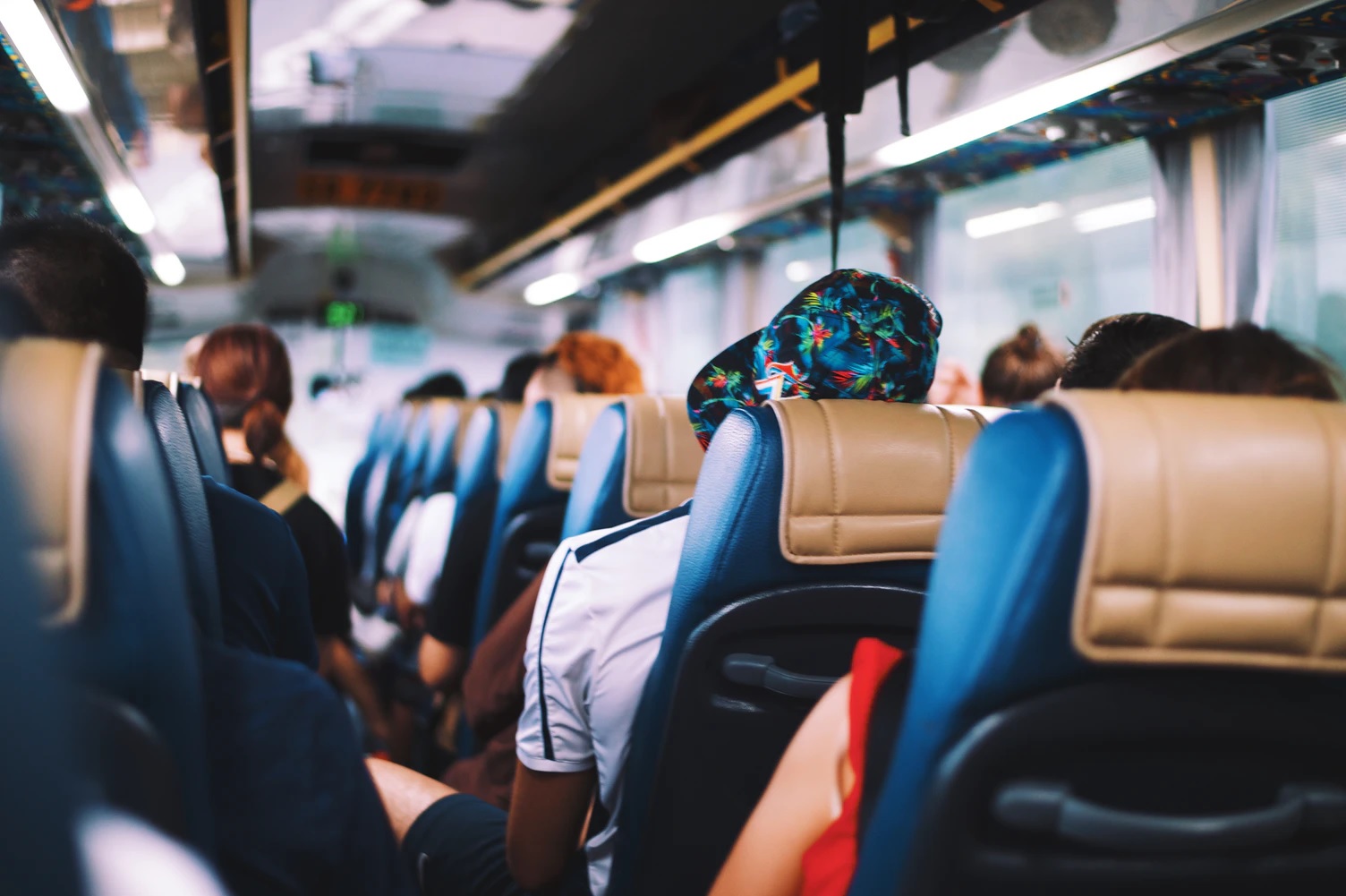Innovation and design
The importance of safety during transport. From the seatbelt to automatic doors

One of the key factors to consider in any type of transport is safety. Whether it’s a private vehicle or public transport, everyone always appreciates having elements near us that guarantee that our journey will be safe and give us peace of mind in unforeseen circumstances.
Firstly, we usually check that vehicle’s structure or chassis, wheels, windows, etc. are safe for travel. For example, decades ago, it wasn't customary or even obligatory to wear a seatbelt in four-wheel motor vehicles. Nowadays, it’s an essential element.
During the late 20th century, this particular detail was ignored and many people travelled without a seatbelt. Furthermore, headrests (considered nowadays as an essential element for reducing neck injuries in road traffic accidents) were not taken seriously enough. Although some countries still don’t enforce the use of seatbelts as an accessory that saves lives, the public are increasingly becoming aware of them.
Even if automatic doors may seem like a futuristic element in private cars, we do see them as something normal on public transport such as buses, the metro or trains. It is a product so widely accepted in the transport sector, that we see automatic doors in airports, transport interchanges or bus stations.
They are complimented by accessories such as access control systems used to manage entry into and exit from a space. Or the capacity control system, which is very useful in crowded areas such as train stations. Thanks to this system, it is possible to know how many people are present in real time and avoid overcrowding. This is obviously very useful during a pandemic to prevent transmission.
Automation improves people’s quality of life. Over the next few years, we will see an increase in the use of automatic elements in different parts of society.
